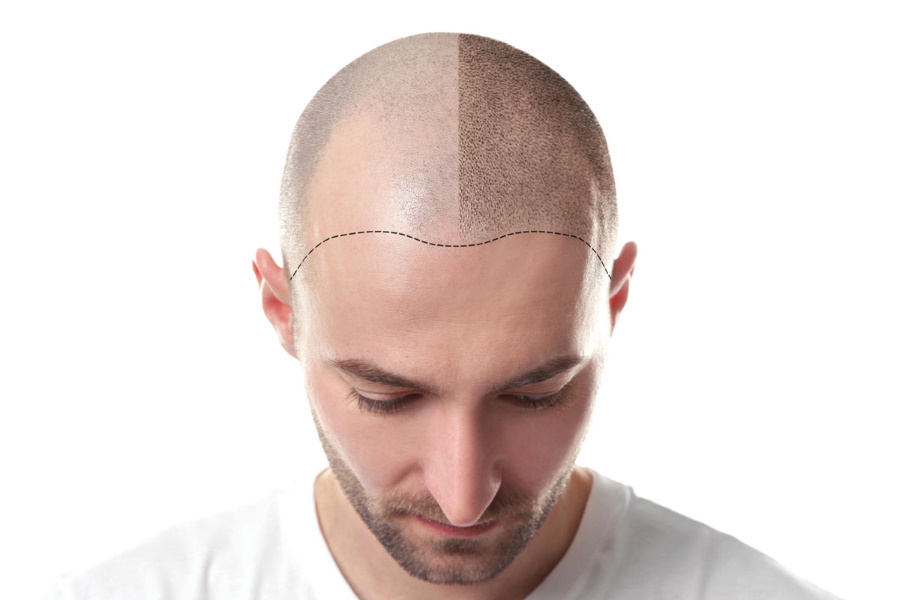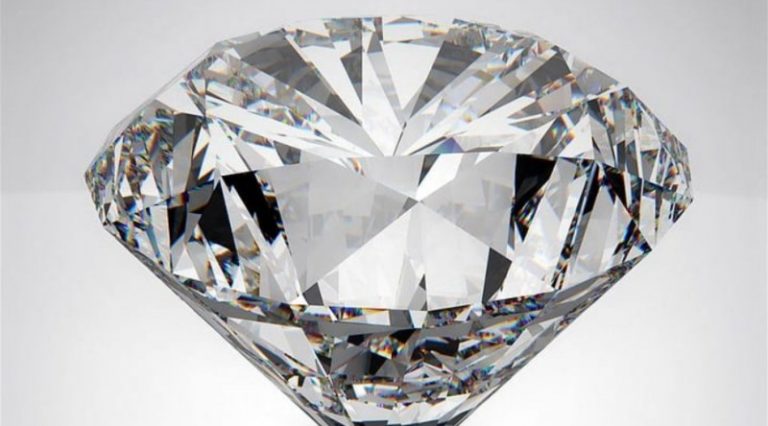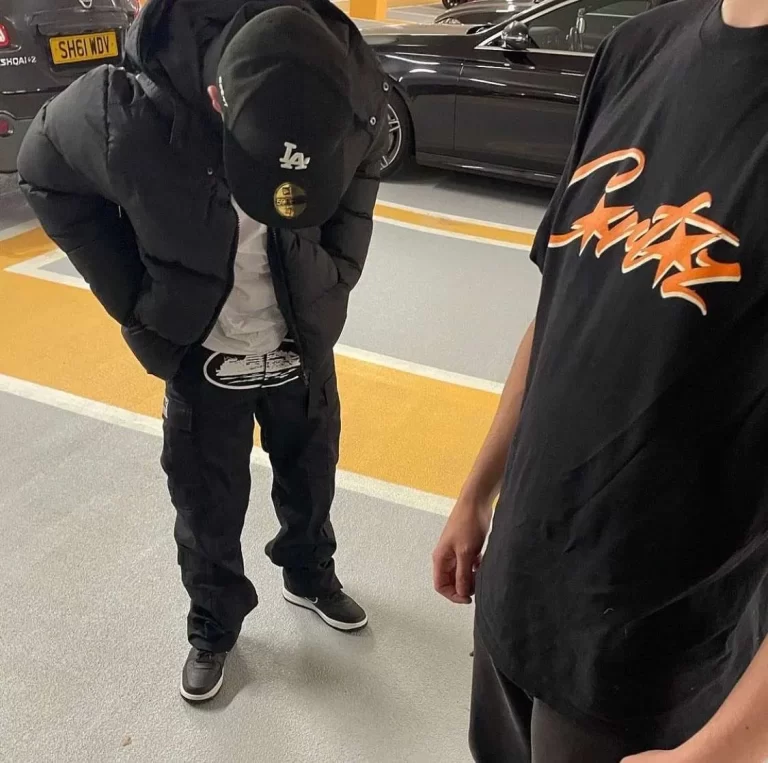Best Tips for making Hair Tattoos
Hair tattooing, also known as scalp micropigmentation, is a popular cosmetic procedure that involves creating small, intricate designs on the scalp using a specialized tattoo machine. It can be used to cover up bald spots, enhance the appearance of thinning hair, or simply create a unique look. However, hair tattooing is a delicate and precise process that requires skill, patience, and attention to detail. In this article, we will provide some of the best tips for making hair tattoos.
Choose the Right Equipment
The first step in creating a successful hair tattoo is to choose the right equipment. A specialized tattoo machine designed for scalp micro pigmentation is essential, as it allows for precise control and a consistent depth of needle penetration. The needles used for hair tattoos are also different from those used in traditional tattooing, as they are smaller and finer, making them ideal for creating the illusion of hair follicles.
Practice Proper Sanitation
Sanitation is essential in any tattooing procedure to prevent infections and ensure the safety of the client. Hair tattooing is no exception, and proper sanitation techniques must be followed at all times. This includes using disposable needles, sterilizing all equipment before and after each use, wearing gloves and a face mask, and maintaining a clean and sterile work area.
Customize Each Design
No two hair tattoos are alike, as each client has their unique hairline, hair density, and desired look. It’s essential to customize each design based on the individual’s specific needs and preferences. This involves assessing the client’s hairline and creating a design that complements their facial features and overall aesthetic. It’s also crucial to consider the client’s hair density and color to ensure the hair tattoo blends seamlessly with their natural hair.
Take Your Time
Hair tattooing is a delicate process that requires patience and attention to detail. It’s crucial to take your time and work slowly and methodically to achieve the desired results. Rushing the process can result in mistakes, uneven pigment distribution, and an overall unsatisfactory outcome.
Use Multiple Needle Sizes
Using multiple needle sizes is essential in hair tattooing, as it allows for a more natural-looking result. Using a single needle size can create a uniform look that may appear unnatural. By using a combination of larger and smaller needles, it’s possible to create the illusion of varying hair follicle sizes, resulting in a more realistic look.
Vary the Pigment Colors
Varying the pigment colors is another way to create a more natural-looking hair tattoo. Hair color is not uniform, and using a single pigment color can result in an artificial appearance. By using a combination of pigment colors, it’s possible to create a multidimensional look that closely resembles natural hair.
Blend the Edges
Blending the edges of the hair tattoo is essential to create a seamless transition between the tattooed scalp and natural hair. This involves using a technique called feathering, which involves creating small, delicate strokes along the edge of the tattoo to soften it and make it less noticeable.
Manage Pain and Discomfort
Hair tattooing can be a painful and uncomfortable process, and it’s crucial to manage pain and discomfort during the procedure. This can include using a topical anesthetic cream to numb the scalp, taking breaks as needed, and using a cooling gel or ice pack to reduce inflammation and discomfort.
Provide Aftercare Instructions
Providing proper aftercare instructions is crucial in ensuring the success of the hair tattoo. This includes avoiding sunlight, excessive sweating, and swimming for at least a week after the procedure. It’s also essential to keep the scalp clean and moisturized and to avoid scratching or picking at the tattooed area.
Follow Up with the Client
Following up with the client is the final step in the hair tattooing process. It’s important to schedule a follow-up appointment to assess the results and make any necessary touch-ups or adjustments. This is also an opportunity to provide additional aftercare instructions and answer any questions the client may have.
In conclusion, hair tattooing is a delicate and intricate process that requires skill, patience, and attention to detail. By following these tips, you can create beautiful and natural-looking hair tattoos that enhance the appearance of your clients and provide them with a unique and personalized look. Remember to choose the right equipment, practice proper sanitation, customize each design, take your time, use multiple needle sizes and pigment colors, blend the edges, manage pain and discomfort, provide aftercare instructions, and follow up with the client. With these tips, you can become a skilled and successful hair tattoo artist.






